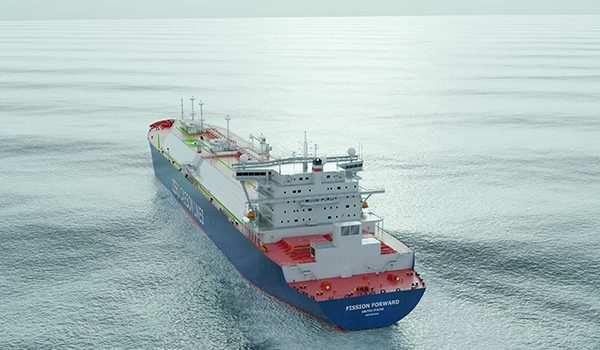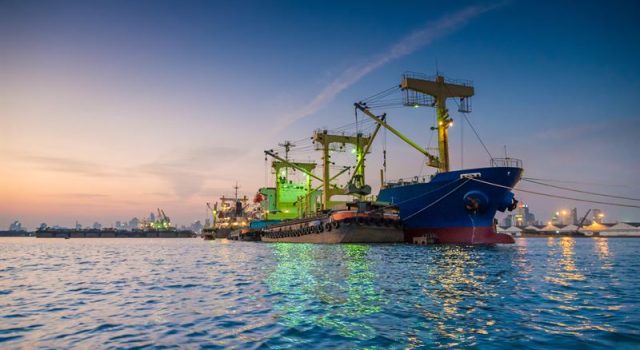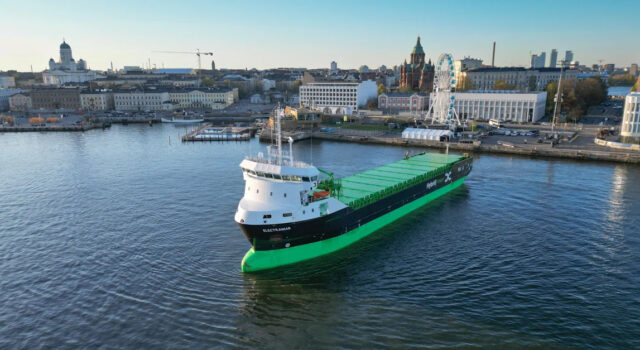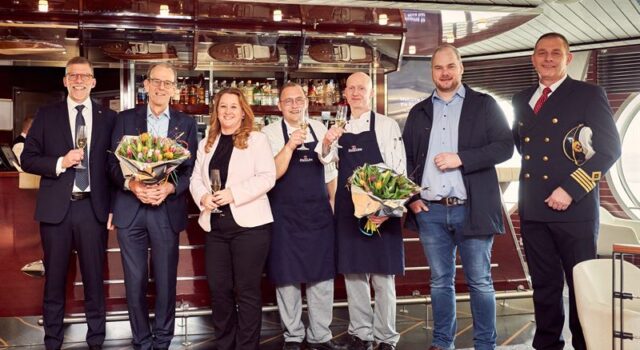Geopolitics might have stolen the limelight at the 11th Arctic Council ministerial meeting in Rovaniemi, but for those of us interested in the marine sector, there was other significant news too. The May meeting, which ended the two-year Finnish chairmanship, saw the inclusion of new observer members to the council, one of them being the International Maritime Organization.
The Arctic Council consists of eight permanent member countries, several permanent participants and observer members, which can be either non-Arctic individual states, international organizations or NGOs. With a prompt bang with his mallet, the chairman of the ministerial meeting in Rovaniemi, Finnish foreign secretary Timo Soini announced the IMO accepted as an observer member.
The inclusion of the IMO to the Arctic Council came as a natural development. The membership will allow IMO to further participate in the council’s meetings, tells IMO’s Fred Kenney, Director at the Legal and External Relations Division.
”Shipping is by its very nature international, so it is essential that all stakeholders are involved with the promotion of sustainable shipping,” Fred Kenney says. ”International collaboration and co-operation are key to achieving safe, clean, secure and sustainable shipping, across the world’s oceans and particularly in extremely vulnerable areas, like the Arctic.”
New collaborations
Increased shipping in the Arctic area and the adoption of the Polar Code have brought the protection of the Arctic environment high in the IMO’s agenda. IMO’s observer status in the council will include participation in at least two Arctic council’s working groups, one for environmental protection, the other emergency prevention.
”Observer status will help us engage in close collaboration on a range of issues related to shipping in the Arctic, in particular, search and rescue, pollution response and maritime safety and protection of the marine environment,” IMO’s Fred Kenney explains.
Fred Kenney describes how IMO is currently discussing the second phase of the Polar Code. The next step would mean extending the provisions of the Polar Code to apply also to smaller ships and fishing vessels, which are currently not covered by the code.
”This will support the protection of the Arctic,” he says.
Reducing risks
How can IMO further proactively contribute to marine environment protection through the work by Arctic Council? In several ways, assures Fred Kenney. For example, IMO is looking at possible control measures to reduce the impact of black carbon emission of international shipping. Black carbon is especially harmful to the Arctic area, as it results in further melting ice and snow and therefore speeds up the climate change.
IMO is also developing measures to reduce the risks of use and carriage of heavy fuel oil by ships in Arctic waters. The organization has developed a draft methodology for analysing the impact of a possible ban of heavy fuel oil, both for use and carriage, by ships in Arctic waters and is inviting input from especially Arctic member countries.
”This is a good example of how IMO’s work will be contributing to marine environment protection, which is of interest to the Arctic Council members as well as to the wider membership of IMO,” Fred Kinney describes the work IMO will be doing, through the newly gained observer status in the Arctic Council.
Writer: Anna Gustafsson






